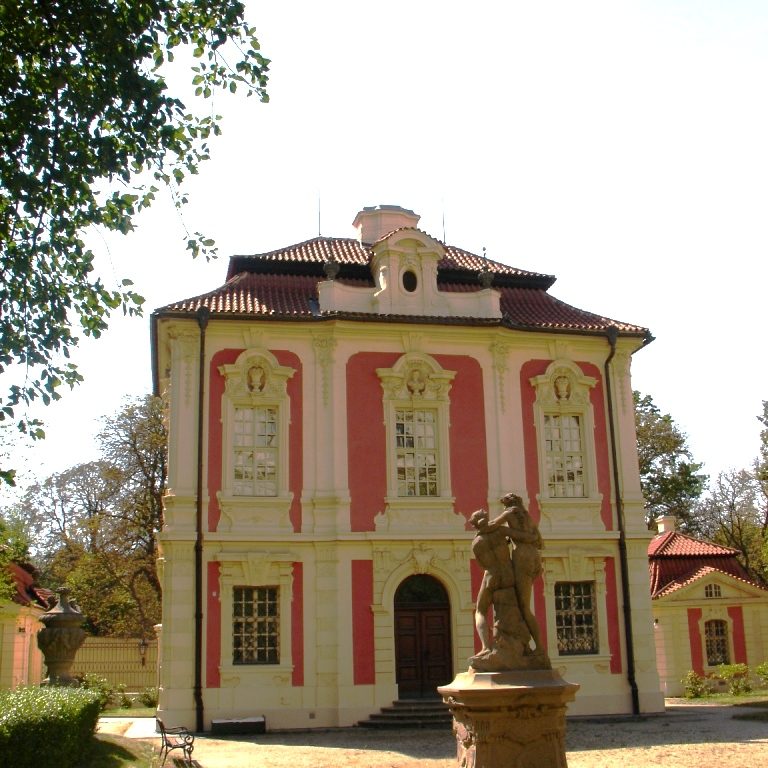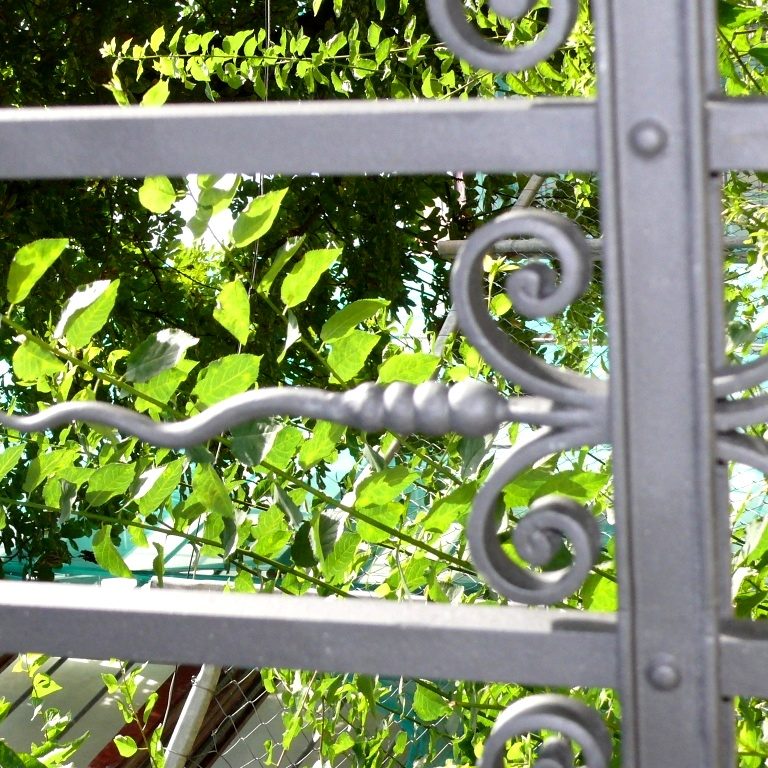Michna Summerhouse (Villa “America”), Prague - New Town, Czech Republic

| Address: | Muzeum Antonína Dvořáka, ul. Ke Karlovu 20, Praha 2 |
|---|---|
| Description of work: | Repairs of the west side of the perimeter lattice wall
Localized repairs of the ledge of the south pavilion Repairs of the entrance staircase and its base |
| Investor: | National Museum |
| Contractor: | GEMA ART GROUP a.s. |
| Implementation: | 12/2011 – 06/2012 |
Villa “Amerika”, also known as the Michna Summerhouse, designed by the famous architect Kilian Ignaz Dientzenhofer, is one of the earliest examples of the Baroque architectonic style in Prague. The plot of land on which it stands is situated in the Prague New Town and belonged to the Hrneček family, who had a small house and a vineyard there. It was purchased in 1715 by one of the most powerful men in Prague, Count Jan Václav Michna of Vacínov.
The task of designing the Michna house was given to Kilian Ignaz Dientzenhofer (1689-1751), who at that time had returned from ten years of study journeys in France and Italy. The villa shows a strong influence of the Genoa architectural style with its typical cartouches, quoins and ornamental meanders on the window gables. The French tendencies are mainly discernible in the mansard roof and flap pan tile roof covering. The construction of this residence of the Michna family took five years, from 1715 till 1720. The compact one storey villa with its four spacious rooms was mainly used for occasional visits. The music salon and other parts of the interior are decorated with frescoes inspired by antique mythology, work of the Austrian artist Johann Ferdinand Schor (1686 – 1767). The complex also had a garden with sculptures by Matthias Bernard Braun (1684 – 1738), representing two seasons of the year. It was bounded by a wrought iron and stone pillar railing. The metal railing was removed in the 1950s and replaced by a wall. Only a pediment with the initials “MW”, which stand for the original owner Václav Michna, now remains.
Count Michna’s mounting debts forced him to sell the villa in 1729 to the Lothringen Desfour family and the property continued to change hands at frequent intervals. In 1826 the premises of the summerhouse were converted to a restaurant particularly popular among German university students, who named it “Amerika” and the name persists to this day. During the second half of the 19th century the building was allowed to fall into gradual disrepair and was only fully reconstructed after the first Czechoslovak Republic was established in October 1918. Since 1932 the villa has housed the Antonín Dvořák Museum, administered by the Czech Museum of Music. The permanent exposition has on display the original music scores, private correspondence, photographs and personal paraphernalia of this world famous Czech composer.
A partial reconstruction of the premises of the summerhouse has been under way since 2011. The company GEMA ART GROUP a.s. is the main contractor for all the restoration work, which involves repairs to the west side of the perimeter lattice wall, localized repairs of the ledge of the south pavilion and repairs to the entrance staircase and its base. Within the framework of the reconstruction some adaptations of the interior also took place. To improve the presentation of the Baroque architecture some later ornamentation was removed and at the same time the permanent exposition titled “The Journeys of Antonín Dvořák” was updated and rearranged. All work undertaken by the company GEMA ART GROUP a.s. was completed in June 2012.
Sources:
KŘÍŽENECKÝ, Rudolf. Kilian Ignác Dientzenhofer a článkování architektonické letohrádku hr. Michny, nyní villy Ameriky, a praelatury u sv. Mikuláše na Starém městě Pražském. Praha : self publ., 1899.
MÁDL, Karel Boromejský. K. I. Dienzenhofera Amerika. Praha189

















